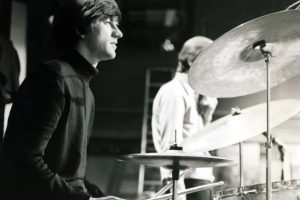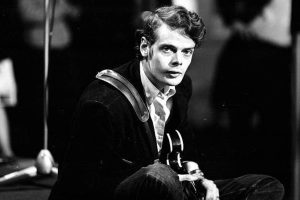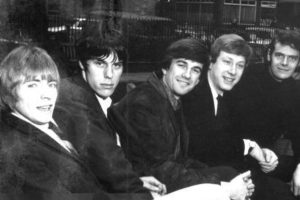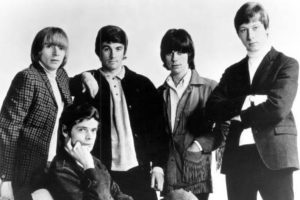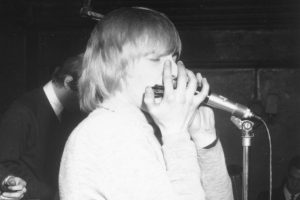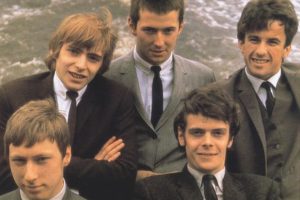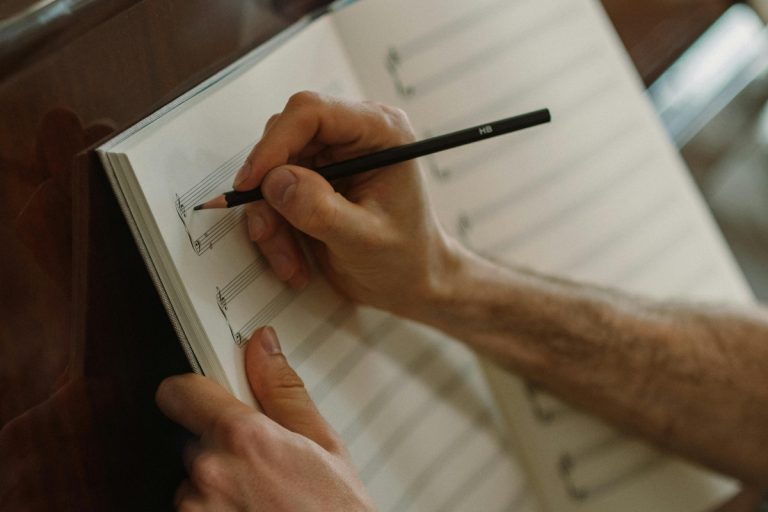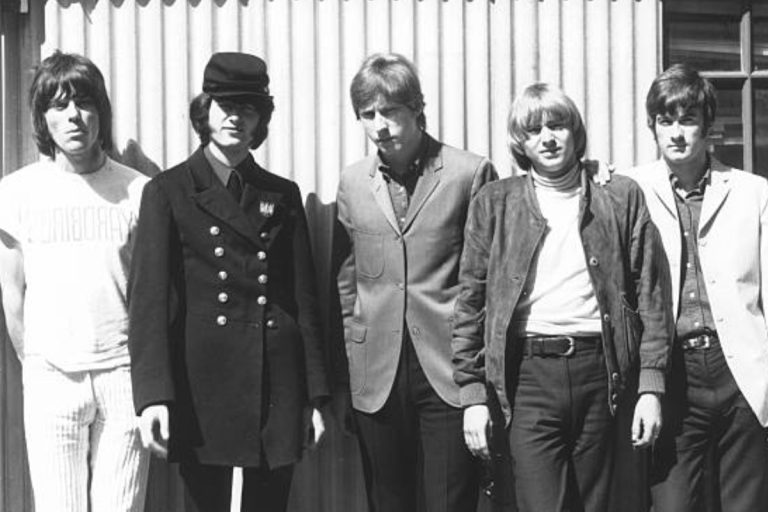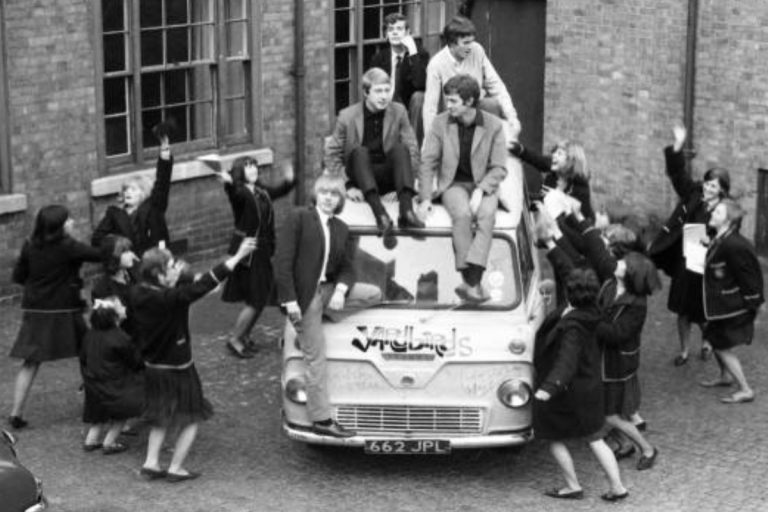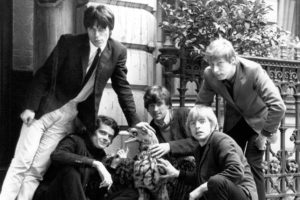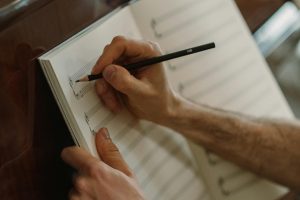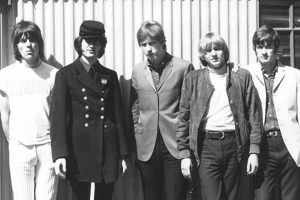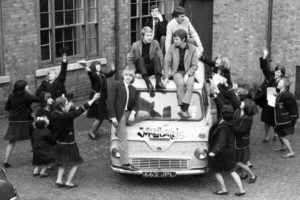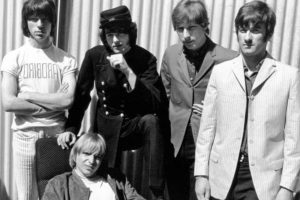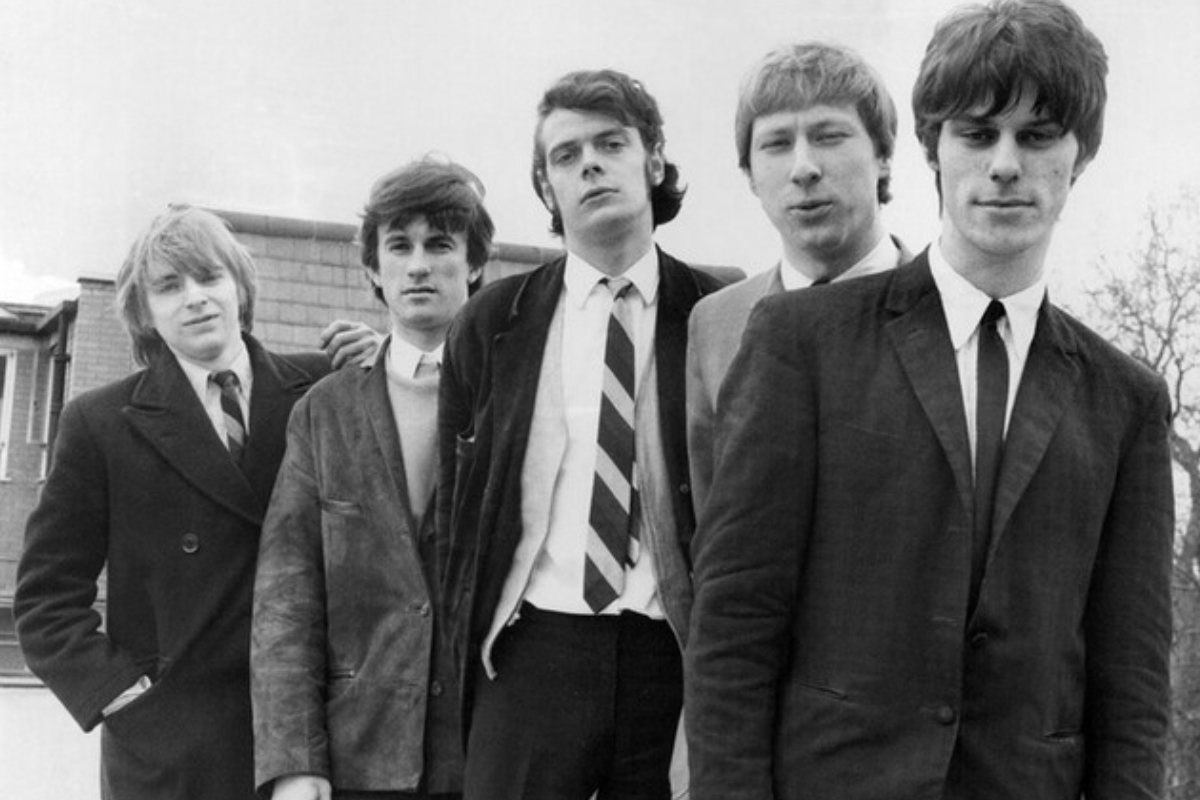
If you want to understand how The Yardbirds used rhythm in their songs, you will discover something significant. They were not just a popular band in the ’60s; they became the foundation of many forms of rock music we still hear today. For social media users, content creators, or anyone interested in understanding the artistic side of music, the rhythm of The Yardbirds is an element that should not be missed. In every song, there is a unique blend of energy, harmonious sound, and experimentation—all rooted in their distinctive approach to rhythm.
Quick Overview: Key Points About The Yardbirds and Their Rhythm
- The Yardbirds focused on rhythm as the heart of their music.
- They used technical methods like syncopation, stop-time, and tempo shifts.
- The collaboration of drums, bass, and guitar was essential to create a new form of rock.
- Their innovative style inspired many future musicians.
The Role of Rhythm in The Yardbirds’ Sound
For many bands, rhythm is just a steady beat. But for The Yardbirds, it was the core of their music. At a time when simple pop and rock structures dominated, they built a more complex sound. From blues to psychedelia, they used rhythm to shape their identity.
Their playing was not just fast or slow; it had depth. Sometimes the drums seemed to chase the guitar; other times, everything would suddenly stop on a strong rest, as if demanding the listener’s attention. Such techniques were rare at the time, making them stand out in the scene. There were moments when the guitar itself acted as a rhythmic anchor, using chopping chords or syncopated accents to drive the groove.
In some songs, they broke the expected flow, using irregular phrasing or shifting time signatures, which added an element of surprise. All of this showed careful thought in treating rhythm as the foundation of their artistic direction.
Innovation in the Rhythmic Arrangement of Their Songs
One of the most well-known ways The Yardbirds used rhythm was through the stop-time technique. In the song “I’m a Man,” there are parts where they all stop together to emphasize the vocals or guitar. These pauses act like a walking melody that suddenly stops—an element of surprise.
In “Heart Full of Soul,” they used a sitar-like guitar sound to serve both rhythm and melody. It created a unique loop with a trance-like effect not common in most songs at that time.
In “Over Under Sideways Down,” they combined a non-traditional bassline rhythm that gave the track a distinctive groove. It wasn’t a simple four-beat structure; it had an asymmetrical layer that deepened the track overall.
Additionally, in “Shapes of Things,” they used off-beat accents and abrupt rhythmic shifts to create tension. The drums seemed to play between steady and syncopated patterns with a psychedelic influence. In the middle of the song, an improvisational break releases controlled chaos—a clear sign of their openness to experimentation.
In “Happenings Ten Years Time Ago,” they combined polyrhythmic elements and layered percussion alongside fuzz-driven riffs. The rhythm section seemed to tell its own story—spinning, slowing down, and suddenly speeding up—giving the track a cinematic quality.
Rhythm was not just decoration in The Yardbirds’ music; it was an active part of the storytelling in every song. In every arrangement, you can notice the intentional balance of control and spontaneity that earned them a reputation as innovative experimenters in rock.
The Collaboration of Drums and Bass: A Strong Rhythmic Backbone
The Yardbirds’ unique rhythm wouldn’t exist without Jim McCarty (drums) and Paul Samwell-Smith (bass). Their combination was like pillars and floor—solid and moving together. Instead of just following the guitar, they themselves dictated the song’s movement.
In the live version of “Smokestack Lightning,” you can see how important the interplay between bass and drums is. At one point, Paul lowers the bass tone to create a darker atmosphere, while McCarty uses rimshots instead of full snare hits for a crisper sound. This kind of collaboration is not just technical—it’s a musical conversation. They trust each other: no need for excessive embellishments, just confidence to build rhythm with depth and intention.
It’s also notable how they use space or silence between beats—an often-overlooked art. Instead of filling every second with notes, they choose to give room, which highlights each drum hit and bass string pluck. This frees the guitar and vocals to soar above a solid rhythm. This synergy is rare in any band—a foundation that not only defines The Yardbirds’ sound but also guides their overall musical journey.
Guitar as a Rhythmic Instrument, Not Just for Melody
When we hear the names Eric Clapton, Jeff Beck, or Jimmy Page, we often think of their soloing skills. But in The Yardbirds, they also used the guitar as a rhythmic weapon.
For example, Clapton used “percussive strumming” in the song “Good Morning Little Schoolgirl,” where the guitar mimics the drum patterns. Jeff Beck is known for using feedback as part of the rhythm. This wasn’t just noise—it was an intentional element to fill space and add tension.
“Train Kept A-Rollin’” is another great example. Beck used alternating muted and open-string riffs to energize the song’s tempo. The result was a soundscape where it’s almost impossible to tell where the drums end and the guitar begins.
Live Performances: Experimentation and Improvisation with Rhythm
In the studio, everything is controlled. But on stage, The Yardbirds’ true skill with rhythm came alive. Many of their live performances included improvised parts, especially regarding tempo and structure.
For instance, in a live set at the Marquee Club in London, “Dazed and Confused” (later extended by Jimmy Page with Led Zeppelin) started at a slow tempo but suddenly sped up after the first chorus. This play with tempo depended on how they felt the crowd.
The audience was not just listeners but part of the performance. When the band sensed the crowd’s excitement, they sped up the song. When the mood was mellow, they slowed it down to add drama. This is the true meaning of being an organic band.
The Impact of The Yardbirds’ Rhythm on Future Musicians
The impact of how The Yardbirds used rhythm on future generations of musicians is undeniable. Their techniques became the foundation for many subgenres like psychedelic rock, hard rock, and progressive rock.
Jimmy Page, who joined Led Zeppelin, brought many rhythmic ideas from The Yardbirds to his new band. In “Whole Lotta Love,” for example, you can feel the same stop-time and improvisational structure they pioneered.
Eric Clapton applied blues rhythm techniques from his Yardbirds days to Cream, while Jeff Beck inspired funk-rock and fusion guitarists with his rhythmic approach.
Technical Aspects: Production and Studio Manipulation of Rhythm
The Yardbirds weren’t only good at live playing. Even in the studio, they pushed the limits of rhythm using technology.
In “Still I’m Sad,” they used vocal layering to build a unique rhythmic base, almost like a choral effect. In “Happenings Ten Years Time Ago,” some parts used echo effects and overdubs to create multiple rhythmic layers with an ambient feel.
Their producer Giorgio Gomelsky played a big role here. He used multitrack recording to repeat parts of drums and guitar at different pitches and speeds. The result was a wave-like sound that rises and falls, highlighting their rhythmic capabilities even more.
Why The Yardbirds’ Rhythm Matters Today
How The Yardbirds used rhythm is not just music history—it’s a lesson in how a band can use rhythm as a creative tool. In today’s fast-changing audience tastes, openness to experimentation and technical innovation is more important than ever.
If you are a content creator or musician looking for inspiration, you can learn a lot from The Yardbirds’ use of rhythm. They didn’t confine themselves to conventional forms. Instead, they used rhythm to create music that is not only danceable but also emotionally awakening.
Simply put, they used rhythm not as a limitation but as an expanded canvas. And that’s why, even today, The Yardbirds’ influence remains alive.
